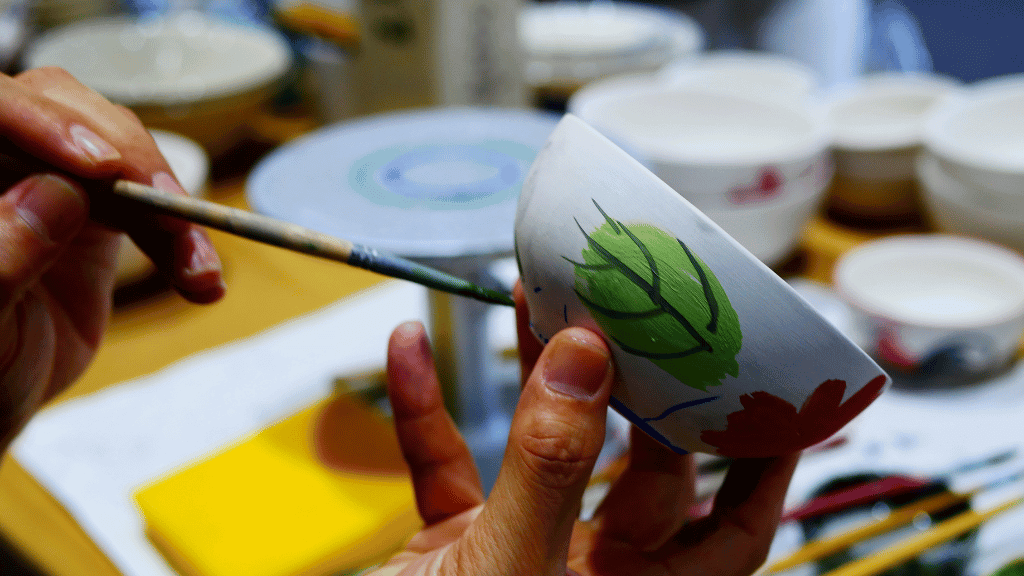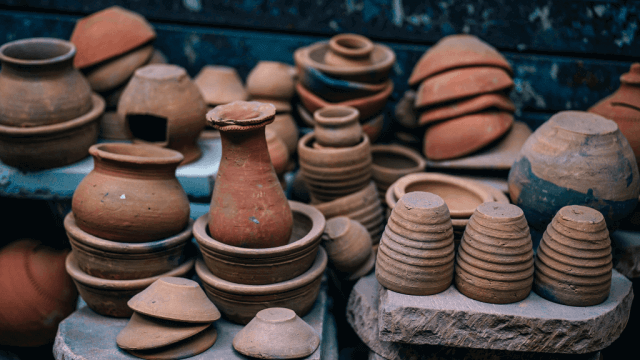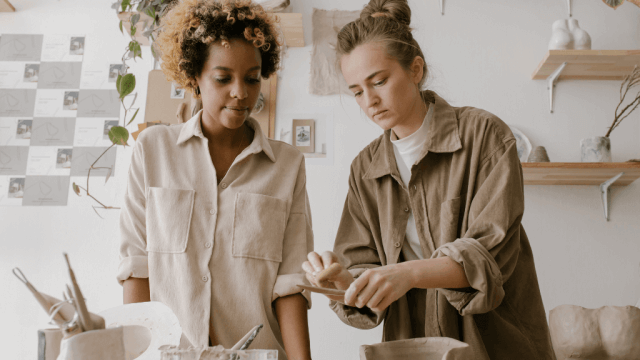The costs of maintaining pottery equipment vary depending on usage, materials, and required maintenance.
Key factors include electricity for kilns, clay, glazes, wear-and-tear repairs, and occasional replacement of tools and equipment like pottery wheels, kiln elements, and molds.
Regular cleaning and proper storage reduce overall maintenance expenses.
Understanding Pottery Costs
When diving into the world of pottery, it’s essential to consider the associated costs.
From equipment maintenance to buying materials, understanding pottery costs helps you make informed decisions and stay within budget.
This article’ll discuss the primary costs of maintaining pottery equipment.
Electricity and Kiln Fees
Energy consumption: The primary cost for potters is the electricity required for firing kilns.
Operating kilns use a significant amount of energy, especially during long firing sessions.
Gas kilns might use propane or natural gas, but these fuel types still contribute to overall pottery costs.
Kiln fee: If you don’t own a kiln, you may have to pay kiln fees to a local pottery studio.
Costs vary, but it’s wise to research local studio fees to understand how they might affect your pottery budget.
Clay and Glaze Costs
Clay: One of the primary ongoing costs for potters is purchasing clay.
Many factors influence clay costs, including the type, quantity, and shipping expenses.
Bulk orders can save you some money in the long run.
Glaze: Glazes also factor into pottery costs.
Pre-made glazes can be expensive but are convenient.
Alternatively, you can make glazes from raw materials, which reduces costs but requires time and knowledge.
Maintenance and Repairs
Pottery wheels: Mechanical parts and motors in pottery wheels may require maintenance and repairs over time, adding to costs.
Proper use and cleaning of the wheel can minimize these expenses.
Kiln elements: Electric kiln elements eventually wear out due to the intense heat they generate.
Replacing them is a necessary cost, but proper kiln maintenance can extend their life and reduce overall expenses.
Molds and tools: High-quality tools and molds can be costly.
However, investing in good-quality equipment and taking care of them helps minimize replacement expenses.
Minimizing Pottery Equipment Maintenance Costs
By understanding various aspects of pottery costs, you can take steps to minimize expenses.
Invest in high-quality equipment, practice proper maintenance, and manage energy consumption to balance your budget and maintain a successful pottery practice.
Storage and Workspace Costs
Storage solutions: Storing pottery equipment and materials properly is essential for their longevity.
You may need to invest in shelving, racks, or containers to keep your space organized and protect your tools from damage.
Workspace rent: If you don’t have a dedicated pottery studio at home, you might need to rent a workspace or use a community studio.
Rental costs vary depending on location, studio size, and access to shared equipment.
Remember to factor these costs into your pottery budget.
Training and Skill Development
Workshops and classes: To improve your pottery skills and mastering equipment maintenance, consider participating in workshops and classes.
These educational opportunities may require a fee but will prove valuable in enhancing your pottery techniques and understanding how to care for your equipment.
Pottery Equipment Insurance
Equipment insurance: For potters with a significant investment in tools and equipment, obtaining insurance can protect against unexpected disasters, theft, or damage.
Although this adds to your overall costs, it provides a level of financial security and peace of mind.
Plan Your Pottery Budget
By accounting for all aspects of pottery equipment maintenance, you can create a comprehensive budget plan that works for you.
Consider all potential expenses, including energy consumption, material costs, workspace rent, storage solutions, and skill development opportunities.
When you understand the costs of maintaining pottery equipment, you’ll be better prepared to manage your finances and enjoy a successful and sustainable pottery experience.
FAQ Section
Here are some frequently asked questions and concise answers related to the costs of maintaining pottery equipment.
These questions will address common concerns and provide more information to enhance your understanding of pottery-related expenses.
How much does a pottery kiln consume in electricity?
Electricity consumption for pottery kilns varies according to the size, type, and duration of firing.
A smaller, home-studio kiln might consume around 5kWh per firing, while a larger commercial kiln could use up to 30kWh or more.
To estimate electricity costs, multiply the kiln’s power rating by the firing duration and your local electricity rate.
Can I reduce my pottery costs by making my own clay and glazes?
Yes, making your own clay and glazes can potentially reduce costs.
However, you’ll need to invest time in learning the process and source raw materials.
You also need to account for the additional storage space and necessary equipment for mixing and processing.
How often do pottery wheels and kilns require repairs or replacement?
With proper use and maintenance, high-quality pottery wheels and kilns can last for several years with minimal repairs.
Regular cleaning and inspection help prolong their life.
Motors in pottery wheels may eventually require replacement, while kiln elements may need replacement every few years, depending on usage.
Is it cheaper to maintain my own pottery studio or rent a workspace?
The cost comparison between maintaining a home studio and renting a workspace depends on individual circumstances.
Factors include electricity costs, kiln and equipment availability, rental fees, purchasing materials, storage space requirements, and the overall investment in pottery tools.
Assess your specific needs, usage, and budget to determine the most cost-effective option.
What’s the best way to minimize storage and workspace costs for pottery?
To minimize storage and workspace costs, you can invest in efficient and space-saving storage solutions, share rental costs with other potters in a cooperative studio, or use multi-purpose storage that can double as workspace furniture.
Be resourceful and creative in organizing your pottery studio to maximize space and minimize costs.











